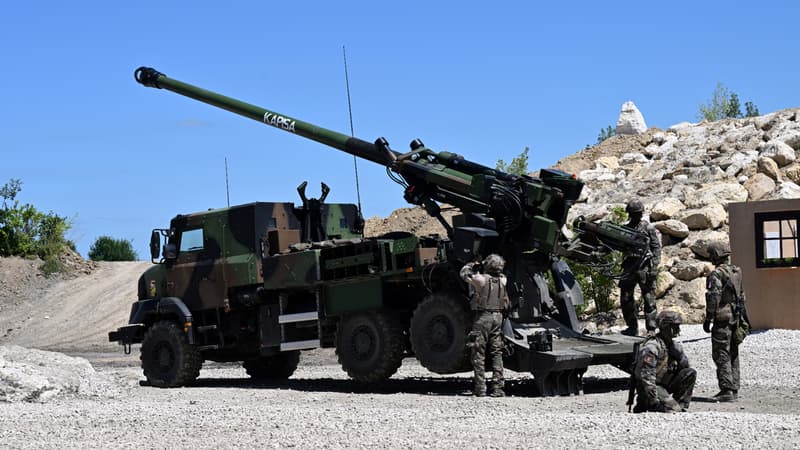US Secretary of Defense Lloyd Austin announced this week that a special meeting of directors of armaments from the Ukraine Defense Contact Group, which includes nearly 50 countries, will soon take place.
“They will discuss how our defense industries can better equip Ukraine’s future armed forces,” he told reporters after the fifth contact group meeting, held at the US base in Ramstein, Germany.
On Friday, the Pentagon’s weapons director, Bill LaPlante, specified that this meeting, the first of its kind, would take place on September 28 in Brussels.
The goal is “to see how we can continue to cooperate to accelerate the production of key capabilities, solve supply chain problems and increase the interoperability and interchangeability of our systems,” he said during a press conference in Washington.
Not all NATO countries have the same weapons, but they are all compatible: ammunition made in one country can arm a system made by another country.
The Ukrainian conflict, where artillery proves decisive, consumes an impressive number of various projectiles, and Western countries have equipped the Ukrainian forces with NATO-standard weapons, more accurate than the Russian-made ammunition they were armed with. so far equipped here. .
“Go fast”
But these donations have reduced the arsenals of European countries, and the EU announced in July European funding of 500 million euros over two years to facilitate joint arms purchases.
Priority will be given to the purchase of portable air missiles, portable anti-tank missiles, 155mm guns and their ammunition. “We have to act quickly, given the state of national reserves,” European Commissioner Thierry Breton said at the time.
The United States, the largest provider of military aid to Ukraine, has already released 15.2 billion dollars for the shipment of various weapons, in particular Javelin anti-tank missiles, artillery pieces and shells compatible with NATO artillery systems.
The United States alone provided 800,000 of these 155mm shells, or three-quarters of Western donations, according to US General Staff spokesman Colonel Dave Butler.
However, the only unit producing these projectiles in the United States, a General Dynamics factory located in Scranton, Pennsylvania, currently produces 14,000 a month.
“We plan to grow to 36,000 a month within three years,” LaPlante said.
Acceleration in stages
But such acceleration can only be done in stages, with the opening of new assembly lines, and it will only increase annual production in the United States from 168,000 to 432,000 shells, by 2025 at the earliest.
Even if the US military still has a sizeable stock of various projectiles, the Pentagon wants to turn to other producing countries, to rebuild its arsenal and that of allies, while continuing to help Kyiv.
The US military recently signed contracts with various producers around the world for the purchase of 250,000 shells, the director of US weapons stressed.
Washington has also delivered more than 1,400 Stinger short-range missile launchers to Ukrainian forces. Some parts of these anti-aircraft systems, which had been in use for more than 40 years, had become obsolete and the manufacturer Raytheon ceased production in 2020.
Its success in the Ukraine prompted the US military to award Raytheon a nearly $700 million contract in May to replenish its Stinger inventory.
“US ammunition supplies to Ukraine are not specifically tied to the annual production capacities of a given weapon by the US defense industry, but this production capacity is one of the factors considered,” Colonel Butler said.
Source: BFM TV


